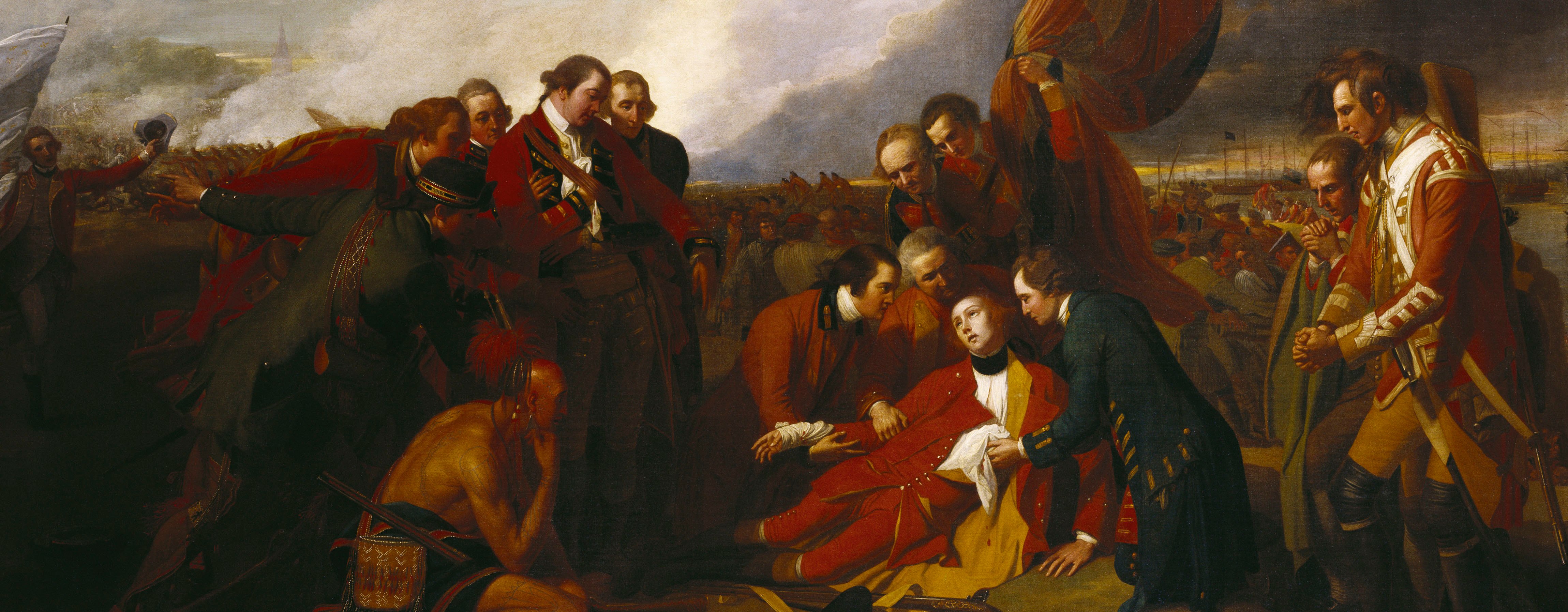
The Seven Years War (1756-63)
Manuscript and printed maps and views, correspondence and journals from the first global war
Battle of Vellinghausen, 1761
Plan of the Position of the ALLIED ARMY the 15,th and 16.th of July 1761: the Day of the Battle of / FELLINGHAUSEN
c.1761Pencil, ink and watercolour on paper | Scale: 1:9,500 approx. | RCIN 733035.a
The attribution to David Dundas is made on stylistic grounds. At the time of the battle he was with the 15th Light Dragoons who were deployed in Germany and whose Colonel was George Augustus Elliott. The table of regiments on this map shows that 'Elliots' was serving in Lord Granby's Corps and Dundas was present at this battle. This is a detailed topographical map of the battlefield area extending from the River Lippe in the north-east to Kirk Denkern (Dinker) on the River Aos (Ahse) in the south-west. The positions of the battalions and squadrons are marked and each is named. Colonel Keppel was at the time of this action a Colonel in the 1st Foot Guards.
Inset: [top right, a small-scale map showing the area between the Lippe River and Werle, and the positions of Broglio's and Soubise's armies together with the British positions before the battle.] Scale: 1:102,724 approx. Scale bar: 3 Miles [47 mm =]. Size: 16.7 x 20.5 cm (neatline).
Condition: one fold line; brown discolouration to both sides. Verso: induced discolouration; smudges; bottom, right of centre, water-stained patch and shadow from the removal of Cumberland's cipher label together with a partial migration of red ink giving an incomplete reference: I 50 j.
? Sir David Dundas (1735-1820) (draughtsman)
Watermark: Fleur-de-lys in crowned shield, a ‘4’ suspending the letters L V G below; countermark: IVILLEDARY
Mark, stamped: 932
Condition: one fold line; brown discolouration to both sides. Verso: induced discolouration; smudges; bottom, right of centre, water-stained patch and shadow from the removal of Cumberland's cipher label together with a partial migration of red ink giving an incomplete reference: I 50 j
Scale: 1:9,500 approx. Scale bar: 800 Yards [77 mm =].
31.6 x 54.0 cm (neatline)
36.6 x 54.6 cm (image)
51.4 x 71.9 cm (sheet)
Manuscript title:
Plan of the Position of the ALLIED ARMY the 15,th and 16.th of July 1761: the Day of the Battle of / FELLINGHAUSEN. [across top of map, above neatline]
Inset:
[top right, a small-scale map showing the area between the Lippe River and Werle, and the positions of Broglio's and Soubise's armies together with the British positions before the battle.] Scale: 1:102,724 approx. Scale bar: 3 Miles [47 mm =]. Size: 16.7 x 20.5 cm (neatline).
Annotations:
George III heading: Battle of Wellinghausen 16 July 1761.
Other annotations: (Recto) none. (Verso) [right, bottom centre, black pencil:] Battle of Wellinghausen 16 July 1761 Do Do.
George III catalogue entry:
Wellinghausen A drawn Plan of the position of the Allied Army the 15.th and 16.th of July 1761, the day of the Battle of Fellinghausen: with a copy of D.o on thin paper (from Colonel Keppel).
Subject(s)
Vellinghausen, North Rhine-Westphalia, Germany (51°39'47"N 07°59'12"E)
Page revisions
14 March 2024
Current version








